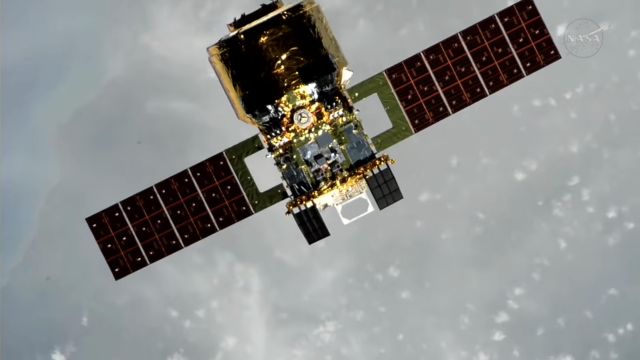Chips in Space
Our integrated photonic chips were launched into space and are now on the ISS where they will spend 6 months before coming back to UCSB!

Silicon nitride photonics are helping shape the next generation of space-based technologies, and now they are taking flight. This mission marks a major advancement in the development of integrated photonic systems designed for operation in space. The objective of the experiment is to characterize the effects of the space environment on the silicon nitride photonics platform by deploying both visible and C-band silicon nitride ring resonators and optical frequency combs in the payload. The experiment is being transported to the International Space Station (ISS) aboard Japan’s HTV-X1 spacecraft, which will dock with the ISS to deliver the payload. Once aboard, the devices will be transferred and mounted onto the Materials International Space Station Experiment (MISSE) Flight Facility, where they will be exposed to the low Earth orbit space environment for six months. Prior to launch, the optical losses of each device were precisely measured to establish a performance baseline under terrestrial conditions. After the mission, the devices will return to Earth to be remeasured to quantify changes in optical loss. The results will help validate silicon nitride photonics as a robust platform for future missions in navigation, communication, and quantum and atomic sensing. This video follows the launch of the HTV-X1 spacecraft aboard the Japanese H3 rocket and its docking with the ISS where the experiment will begin it's six-month journey in orbit.